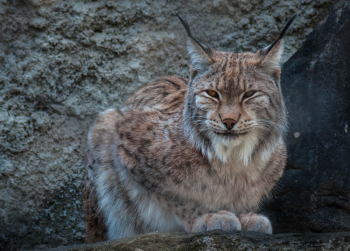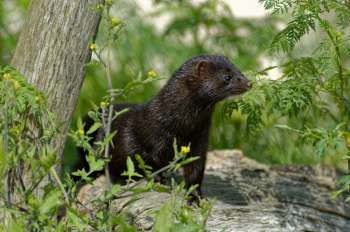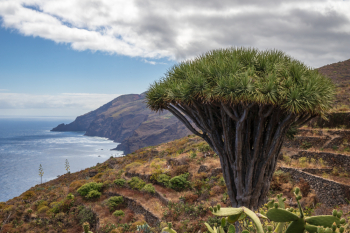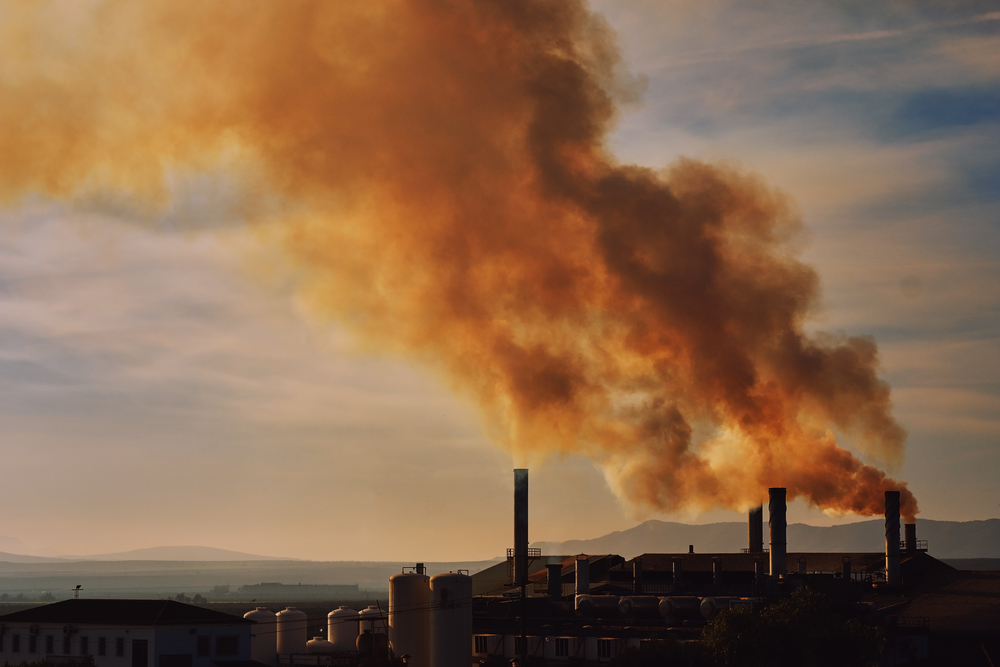Environment: Endangered Species
An endangered species is a species of animal or plant that is seriously at risk of extinction. The International Union for Conservation of Nature (IUCN), an organization funded by the European Commission, is regarded as a global authority on the world’s living species and maintains a list of the world’s endangered species. More than 8,000 scientists from 162 countries make up the IUCN’s Species Survival Commission, which designates as “threatened” any species falling within the critically endangered, endangered, and vulnerable categories. These species are assigned categories based on the level of extinction risk. Identifying a species as threatened and assigning it to one of the related categories is a complicated process, involving the analysis of multiple interconnected variables. These include population size, geographic range, and the number of breeding adults.
Risk Factors
Population Size
There are a variety of factors that put these plants and animals at risk. Most species placed on endangered lists have very small populations with a small number of breeding adults. In addition to being a problem in its own right, this can lead to a loss of genetic variation among species, since small populations of animals are forced to inbreed. The young are subsequently left vulnerable to disease and often fail to reach maturity.
Habitat
Habitat can also be a risk factor. From the clear-cutting of the Amazon rainforest for the purpose of grazing cattle to overhunting and overfishing, living species are under increasing strain in the modern world. When humans build homes, office buildings, and fun parks, preserving space for plants and animals is frequently not a priority. Loss of habitat creates a ripple effect, with animals often deprived of shelter and primary food sources that end up placing them in a vulnerable state.
Range
A plant or animal's range is a function of its habitat and is also used to assess a population's survival risks.
Environmental Factors
Finally, environmental factors such as pollution, a changing global climate, and increasingly extreme weather events are other factors placing a strain on the world’s plants and animals. Before a plant or animal is considered endangered, these factors are taken into consideration. Awareness of the problem leads to a search for solutions—and some measures are being enacted—although current trends suggest that the number of endangered species will only increase as time goes on.
Spain’s Threatened Species
Note: Numbers reflect current estimates and may vary by source.
Top Three Endangered Mammals of Spain

Iberian Lynx
Several factors have caused the endangered status of Spain’s Iberian lynx, a medium-sized, wild cat species with a speckled coat, short tail, and distinct “beard” of long hair under its chin. Human activity threatens the cats, including loss of habitat from development of land for housing, roads, and agriculture, as well as the hunting of the lynx’s main prey—rabbits. Disease largely affected Spain’s rabbit population, in turn affecting the lynx. Vehicle accidents, illegal hunting for lynx fur and meat, and entrapment in snares set for other animals are additional factors impacting Spain’s lynx population.
Cantabrian Brown Bear
Critically endangered, the Cantabrian brown bear has small, isolated populations in northern Spain’s Cantabrian Mountain region. Illegal hunting and loss of habitat due to construction for roads and agriculture led to fragmentation, a division of the bears’ population, now split between the mountain region’s east and west areas. Entrapment in snares and poisoned bait also reduced the bears’ numbers.
North Atlantic Right Whale (aka Basque Whale)
This marine mammal fell victim to whaling, a traditional activity of the Basque people of Spain’s Pyrenees Mountain region. Hunted commercially for hundreds of years, the whales were valued for food, blubber to make oil, and bones to make furniture. The large, plankton-eating whale is slow-moving and inhabits the country’s Bay of Biscay, where they come to birth their young. Spain stepped in to protect this endangered species in 1986, when whaling was banned, a fact now true in most of the world. Despite this, illegal whaling continues, a situation complicated by “aboriginal subsistence whaling,” where some of the world’s indigenous cultures are allowed to hunt whales for food, not commercial value.

Other Endangered Mammals of Spain
Spain has a wide range of diverse species, many unique to the Iberian Peninsula and found nowhere else. Yet many of the same issues that threaten animals across the world are also negatively impacting Spain’s mammals. These include loss of habitat due to human activity, fragmentation of habitat, pollution, hunting, and a changing climate. Iberian wolf were nearly wiped out in the mid-20th century in a concerted hunting effort by the Spanish government, as the wolves were seen as threats to livestock. This continues to be the reason they are killed despite a 2021 designation as a protected species in Spain. Broom hare are also victims of hunting, as well as the European mink, which is also impacted by competition for resources with the non-native and invasive American mink. Overhunting and continued illegal hunting have endangered the Barbary sheep and mouflon, a wild sheep believed to be the ancestor to all modern sheep that is targeted as a trophy animal for its horns. Species limited to small areas are often endangered, which is the case for the Canarian shrew, Osorio shrew, and Canary big-eared bat due to loss of their Canary Islands habitat, with the bat also impacted by pollution from pesticides and destruction of roosts from urban development. Bechstein’s bat is also endangered in Spain, primarily from loss of its woodland habitat.

Endangered Plants of Spain
Loss of habitat, most often due to human activity, is the main factor affecting Spain’s endangered plants. Among these are Allium rouyi and the shrub-like Attraylis preauxiana, as well as flowering plant species Spiranthes aestivalis (aka girl’s braid), Alfalfa arborea, Antirrhinum subbaeticum, and Apium bermejoi. Along with development of land for housing, roads, and agriculture, invasive species and pollution from pesticides used in agriculture all threaten Spain’s native flora. Among Spain’s dozens of endangered plants, aquatic species suffer from wetland drainage and other development. The Dracaena draco, or dragon tree, is also endangered due to loss of habitat from farming and ranching. Native to Spain’s Canary Islands, Dracaena draco is considered a symbol of Tenerife, the largest of the country’s Canary Islands.
Endangered Mollusks of Spain
A large number of mollusks, a group which includes snails, slugs, mussels, and clams, are endangered in Spain. This is true in part due to the fact that non-marine mollusks, which live on land and in freshwater, comprise the second-most diverse group of species. Most extinct mollusks have come from the non-marine category. Spain’s endangered mollusks include many snail species including Acicula norrisi, Bofilliella subarcuata, and Cryptazeca elongata, as well as Spengler’s freshwater mussel, freshwater pearl mussel, and Pinna nobilis—also known as the noble pen shell or fan mussel—the Mediterranean’s largest native mollusk. Factors affecting mollusks include loss of habitat due to urban and agricultural development, which can include the introduction of non-native plant and animal species. Loss of a food source and the impact of predator species—often introduced in efforts to maintain the population of another species—lead to declining numbers. Other adverse influences on mollusks include dam building and other construction, wetland drainage, dredging, pollution, and toxic sediment.

Endangered Fish of Spain
Spain’s endangered fish—among them the freshwater species Achondrostoma arcasii and Spanish minnowcarp (Anaecypris hispanica)—are mainly affected by overfishing. Angel sharks are critically endangered, while angular rough sharks, common guitarfish, and ray species including the spiny butterfly ray are other endangered species. Bycatch—marine species that are unintentionally caught in nets or other types of fishing gear—have depleted other fish populations. Loss of habitat and invasive species threaten other native Spanish fish, like the Aphanius baeticus and Spanish toothcarp (Aphanius iberus).
Article written for World Trade Press by Felicia Topp.
Copyright © 1993—2025 World Trade Press. All rights reserved.

 Spain
Spain 